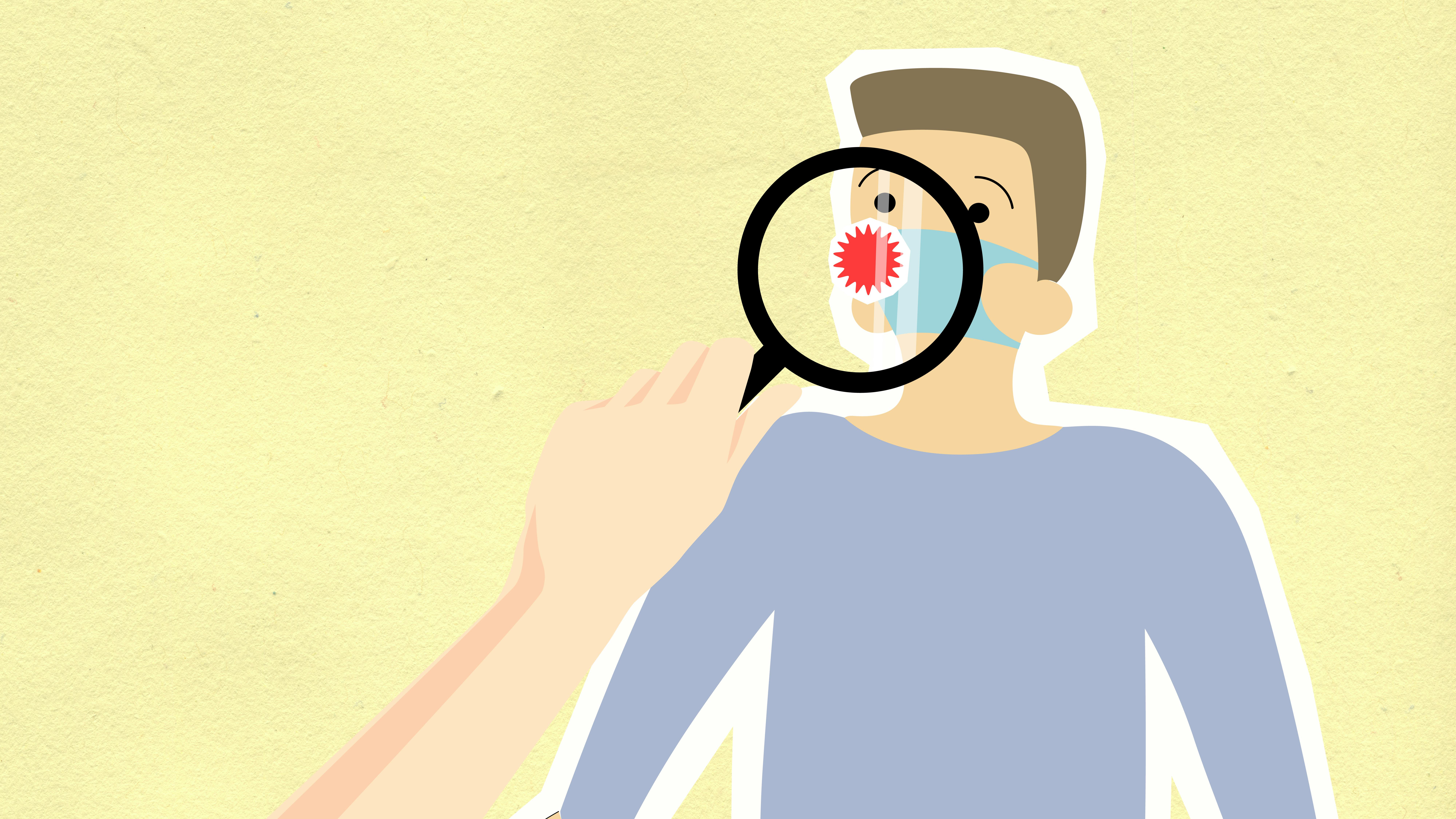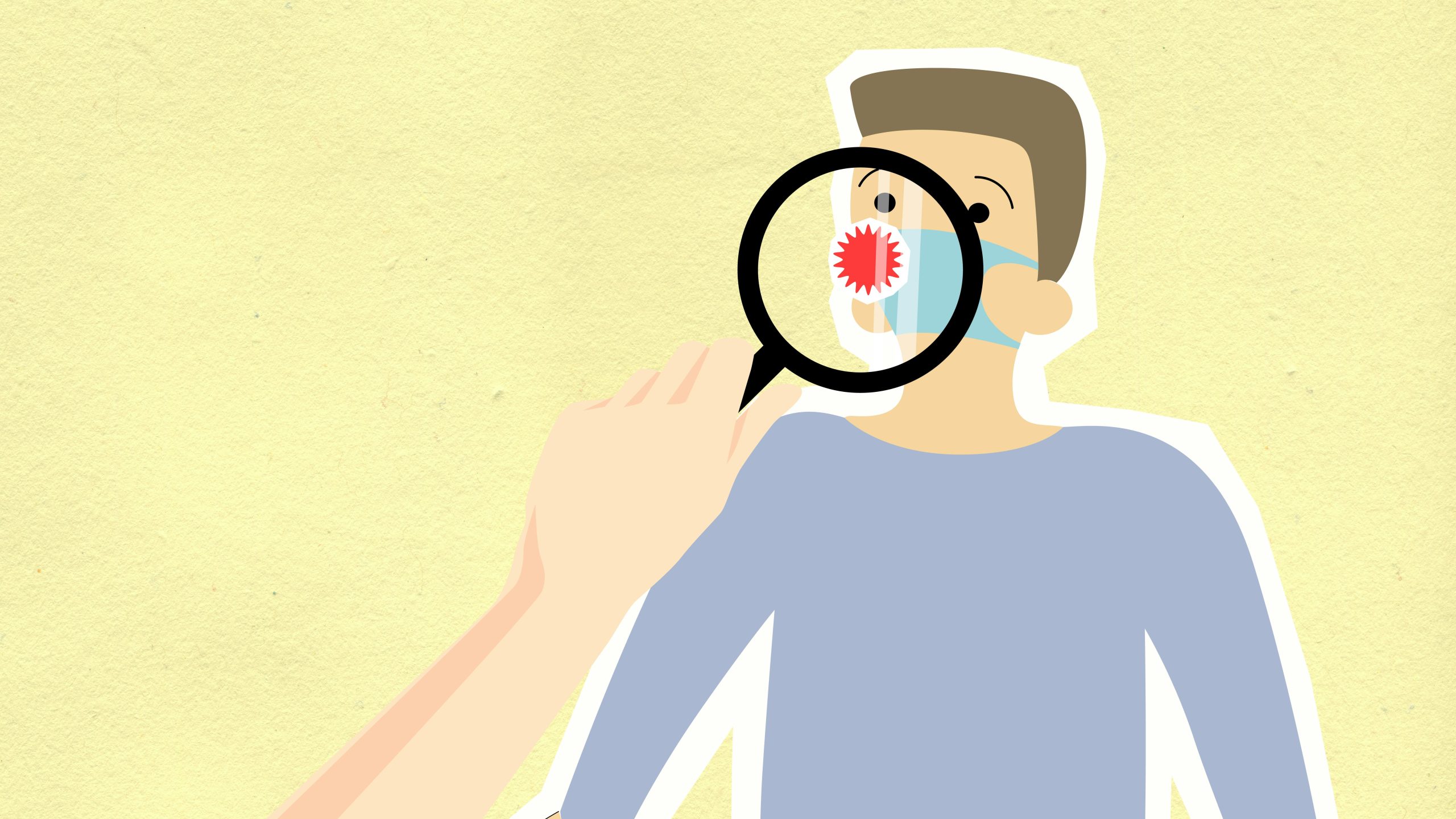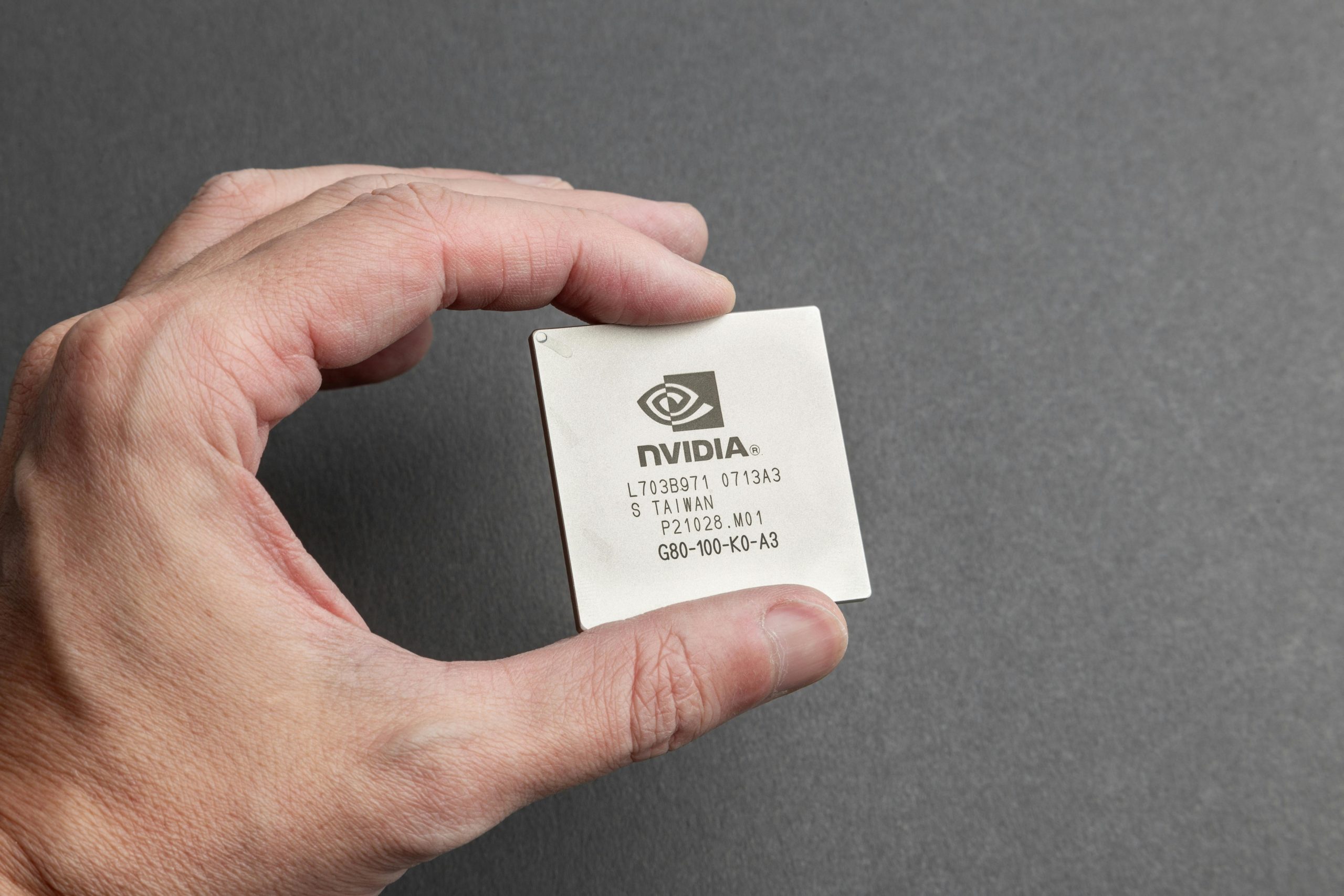
Charting the Future Trajectory of AI Biosecurity Collaboration
The creation and funding of Valthos—a dedicated defense entity incubated by the very ecosystem that creates the risk—isn’t just a response; it’s a model. It signals that the private technology sector is now stepping directly onto the frontline of national and global security, accepting responsibility beyond mere internal compliance.
Policy Echoes: The Urgent Dialogue on DNA Synthesis Oversight
The emergence of a highly capitalized, AI-focused biosecurity firm like Valthos, coupled with explicit backing from a major AI developer like OpenAI, will inevitably amplify calls for formal regulatory and oversight mechanisms across the entire technological spectrum that touches upon biological risk. The external actions, such as Valthos’s launch, provide concrete, undeniable evidence for policymakers advocating for stricter controls.
The most critical policy lever being debated right now—and one that Valthos’s existence underscores the necessity of—involves enhanced supervision over the global network of DNA synthesis apparatus providers. Since the ability to create a novel pathogen relies entirely on synthesizing its genetic code, regulating access to the technology that performs this synthesis is paramount. The regulatory landscape, however, is currently in flux, making Valthos’s proactive stance all the more relevant.
Consider the current policy situation as of October 2025: Following a May 5, 2025, Executive Order on “Improving the Safety and Security of Biological Research,” the previous 2024 Framework for Nucleic Acid Synthesis Screening has been paused pending revision by the Office of Science and Technology Policy (OSTP). This Executive Order mandated enhanced, verifiable screening mechanisms beyond mere self-attestation, with severe penalties for non-compliance in federally funded research. This legislative and regulatory gap—the time between the acknowledgment of risk and the implementation of new, verifiable standards—is precisely the window that Valthos aims to close with technological intervention.. Find out more about AI-enabled pathogen threat detection strategies.
What the policy debate must address immediately:
The argument is now concrete: the technological capability for misuse is here, evidenced by the very need for Valthos. Therefore, the legislative and regulatory response must match the speed and complexity of the underlying science. This underscores the vital need for strong, enforceable biological risk mitigation strategies.
Establishing Benchmarks for Future Public-Private Sector Partnerships. Find out more about AI-enabled pathogen threat detection strategies guide.
The relationship between OpenAI, Founders Fund, Lux Capital, and Valthos sets a potential new standard for how the private technology sector engages with matters of national and global security risks. This is not simply a case of a tech company donating money; it is a direct, capitalized investment into an independent entity focused on neutralizing the catastrophic downside of the very technology their ecosystem creates.
OpenAI’s Chief Strategy Officer, Jason Kwon, stated that building resilience requires an “industrial ecosystem of builders, companies and solutions.” This move goes beyond mere compliance or internal auditing; it’s proactive co-investment in systemic robustness. The success of Valthos will serve as the crucial, defining benchmark for this model.
If Valthos proves effective in detecting and enabling rapid defense against an emergent AI-facilitated biological event, this template—direct, well-capitalized, independent technological defense funded by the ecosystem that creates the risk—will almost certainly be replicated across other high-risk domains. Think advanced materials science, where AI could design novel explosives, or autonomous cyber warfare, where AI could coordinate nation-state-level attacks.
The long-term implication is a future characterized by deeply integrated public-private security architectures. The private sector will shift from being a mere government contractor, responding to RFPs, to being a proactive, co-investor in global systemic robustness.
What the Benchmark Requires for Success:
This entire evolving narrative underscores a critical truth: developments in the AI sector are no longer contained within the purely digital realm. They are now directly shaping the most critical frontiers of human safety and defense in the physical world. The transition we are witnessing is as significant as the shift from agrarian to industrial economies in terms of how society organizes its defense mechanisms.
Actionable Insight #3: Policymakers and defense acquisition leaders should immediately convene working groups to study the Valthos funding structure as a template. This is the template for twenty-first-century existential risk mitigation strategies, focusing on how to rapidly fund and integrate private-sector solutions for novel threats.
The Technical Engine: How AI Closes the Detection Timeline
The foundational problem Valthos seeks to solve is the time gap inherent in modern pathogen detection. Current U.S. surveillance systems are largely optimized for detecting known threats via targeted assays like qPCR—they look for the expected. If an engineered pathogen is novel, or if its sequence is only slightly mutated, these systems can miss it until clinical signs become undeniable.. Find out more about Preparing global health systems for rapidly evolving pathogens strategies.
Valthos is tackling this by leveraging technologies that are already showing success in academic research: integrating AI, particularly models like protein language models, with massive genomic datasets.
The core technical advantage lies in:
This advanced capability allows for the detection of threats even when their genetic makeup is entirely novel, drastically shrinking the window between creation and awareness. This is the essence of building an AI-driven biodefense architecture that can keep pace with accelerating technology.
The Trust Deficit: Bridging the Private-Public Divide
The most significant non-technical hurdle for this entire ecosystem—Valthos, the AI labs, and the proactive defense model—is the trust deficit between a private software firm and public health bodies. Historically, governments are slow to trust proprietary, black-box data systems from commercial entities with national security information, especially when those entities are often seen as the source of the *risk* rather than the solution.
For Valthos to truly succeed in its mission to deliver pre-emptive alerts, it needs government-level data access, and governments need absolute assurance that the data is secure, the analysis is unbiased, and the system is accountable.
Checklist for Building Trust:
This integration requires a level of cooperation that has historically been difficult to achieve, often stymied by bureaucracy and differing risk appetites. The urgency of the current threat level, however, is forcing the issue. We cannot afford to wait another generation for this handshake to occur.
Conclusion: Your Role in the New Biosecurity Paradigm
The launch of Valthos, backed by the titans of Silicon Valley, is more than just a funding announcement; it is the physical manifestation of the growing consensus that artificial intelligence has permanently escalated the stakes of biological security. The era of slow, reactive public health is over. We are now in the age of the digital pathogen, and our defense must be equally digital, instant, and proactive.
The implications are clear:
The coming months will be defined by how effectively this nascent public-private model—where the ecosystem creating the risk funds the defense—can translate capital into demonstrable, deployable security protocols. This defines the template for future pandemic preparedness strategies for the rest of the century.
What do you think is the biggest hurdle: the technology transfer to manufacturers, or convincing governments to trust predictive AI alerts over hospital admissions data? Let us know in the comments below!










